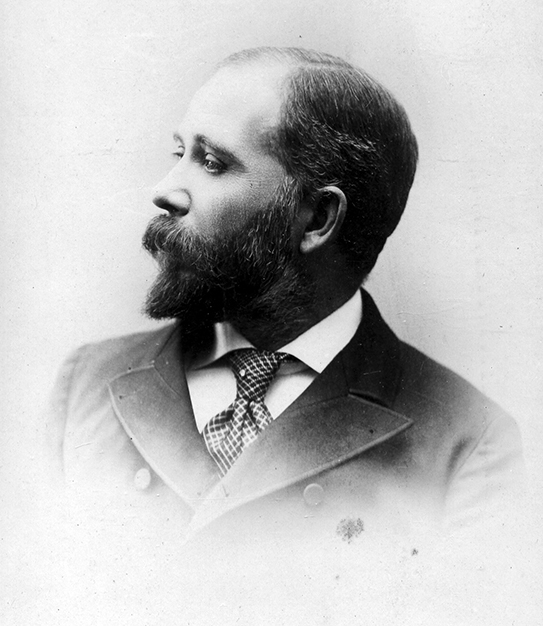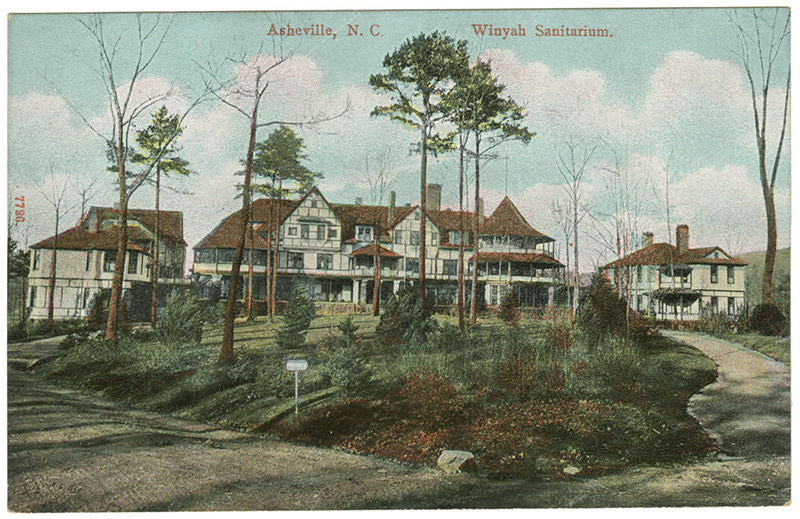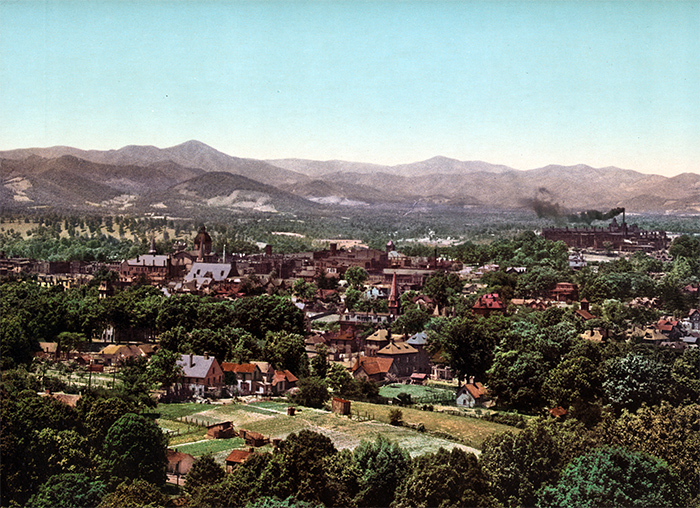AAI Biosketch / The Geography of Immunology
Karl von Ruck: A Biosketch
by John S. Emrich
March 2015, page 18
This article originally appeared as an inset article in "Industry Representation in Early AAI."
 Karl von Ruck
Karl von Ruck
Buncombe County Public LibrariesKarl von Ruck (AAI ’13) was one of the early pioneers of the sanatorium movement in the U.S. Although the movement took many forms, von Ruck was one of the first to build an influential research laboratory alongside his sanatorium to enhance the understanding and treatment of tuberculosis.
Born in Istanbul in 1849 to a German diplomat, Karl von Ruck studied under Felix von Niemeyer and graduated with a degree of doctor of medicine from the University of Tubingen in 1877, and, after immigrating to the United States, earned an M.D. from the University of Michigan in 1879. Von Ruck returned to Europe for his post graduate studies, where he conducted research in the laboratories of Rudolf Virchow and Robert Koch—and was present when Koch presented his discovery of the tubercle bacillus on March 14, 1882 at the meeting of the Berlin Physiological Society. After returning to the States, von Ruck spent a few years in private practice in Ohio before focusing exclusively on tuberculosis research. Seeking a more favorable location to conduct research, he decided on Asheville, North Carolina, in the Blue Ridge Mountains.
 Winyah Sanitarium, Ashville, NC
Winyah Sanitarium, Ashville, NC
University of North Carolina at Chapel HillIn 1888 he established Winyah Sanitarium, one of the first private tuberculosis treatment institutions in the United States. At Winyah, which was closely modeled on German sanitaria, von Ruck believed he could develop a biological means for controlling the disease, including possible immunization. In order to conduct more laboratory research, he established the von Ruck Research Laboratory for Tuberculosis in 1895 on the grounds of Winyah and, in 1910, promoted his son, Silvio von Ruck (AAI ’13), to medical director of the hospital thereby freeing his days to focus on research.
It was in his laboratory that Karl von Ruck and his colleagues advanced tuberculosis treatment by introducing “the watery extract of tubercle bacilli, a modification of Koch’s fist tuberculin,” and developing a serum  Asheville, North Carolina
Asheville, North Carolina
Library of Congress “consisting of a protein and lipoid extractions of tubercle bacilli which was used in treatment and with which he hoped to immunize children.” Patients came from across the country for treatment, including U.S. Senator John W. Kern (D-IN). In addition to creating a pioneering research laboratory, von Ruck founded and co-edited The Journal of Tuberculosis with Silvio and helped establish Asheville as a national center for the treatment of tuberculosis and other respiratory diseases.
Karl von Ruck died in Asheville on November 5, 1922, of complications from chronic nephritis and hypertension. Both Winyah and the von Ruck Laboratory continued to operate for a number of years after his death, contributing to his influence in the rapid growth of sanatoria in North Carolina and elsewhere in the South.
References
- Shoenheit, Edward W. “Asheville’s Pioneers: Karl von Ruck, M.D., 1849–1918.” Chest 3, no. 6 (1937): 6, 24.
- “Biographical Note.” Karl and Silvio von Ruck Papers 1907–1915. National Library of Medicine, Bethesda, MD.
- “Dr. Carl von Ruck Dies.” New York Times. November 7, 1922.